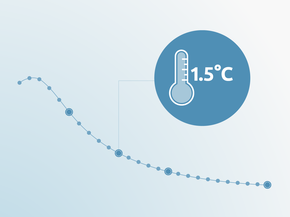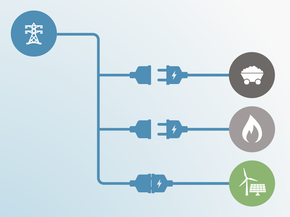Country summary
Overview
Despite his country’s ratification of the Paris Agreement in March 2017, high uncertainty remains as to whether Philippines President Rodrigo Duterte intends to take the substantial action required to meet its Paris climate commitment—to cut emissions by 70% below business as usual by 2030—or whether his government will weaken it (Ranada, 2017).
Recent announcements on continued support for coal-based electricity generation and increasing coal-fired power capacity to 2040 add significantly to this uncertainty (Department of Energy, 2017b; Flores, 2017). The lack of detail on how the Philippines will achieve its emissions reduction target, and the role the LULUCF sector might play, also calls into question the Philippines’ intent to reduce emissions in other sectors. Current policy projections indicate a rapid and ongoing increase in greenhouse gas emissions, which appear inconsistent with meeting the NDC commitments.
We rate the Philippines’ conditional target of 70% below business as usual (BAU) levels by 2030 “2°C compatible”—if taken at face value. The Philippines’ emissions pathway towards 2030, as proposed in its Nationally Determined Contribution (NDC), could be rated “1.5°C Paris Agreement compatible,” if it were unconditional. However, given the conditional nature of INDC target, we downgrade the INDC target by one category to “2°C compatible.” The Philippines’ reference—or business as usual (BAU)—scenario, against which the target is measured, has not yet been published and the government has shared no details explaining how the NDC target relates to the LULUCF sector, nor how this will be quantified.
In March 2017, the Philippines Senate voted unanimously to ratify the Paris Agreement (ClimateAction, 2017). The Philippines has not yet submitted its NDC to the UNFCCC registry as of November 2017. Although reports indicate that President Duterte may consider weakening the Philippines’ NDC target before its submission, for this assessment we assume that its current INDC became its NDC with the Paris Agreement ratification (UNFCCC, 2015). For this reason, we only refer to the NDC throughout this assessment.
In its NDC, the Philippines states that its 2030 target is conditional on “the extent of financial resources, including technology development & transfer, and capacity building, that will be made available to the Philippines.” The target covers all emissions from all sectors, including land use, land use change and forestry (LULUCF) (Government of The Philippines, 2015a).
The NDC does not report its BAU emissions projections, nor does it quantify future LULUCF emissions. This introduces substantial uncertainty in interpreting the NDC targets, and makes quantifying emissions levels excluding LULUCF difficult. When assuming that industrial, energy and agricultural emissions (emissions excluding LULUCF) are also to be reduced by 70% below a BAU—similar to our current policy projections—the CAT estimates this would result in emissions reverting to 1990 levels by 2030 (excluding LULUCF).
If the target were (partly) unconditional, and directed at energy, industrial and agricultural emissions we would rate it “1.5°C Paris Agreement compatible.” Given the conditional nature of the NDC target, we downgrade the target by one category to “2°C compatible.” We also note that the missing provision of BAU level emissions and the lack of information on how the mitigation target is distributed over LULUCF and non-LULUCF sectors creates significant uncertainty in the target’s emissions levels.
According to our analysis, and in common with most countries, the Philippines will need to implement additional policies to reach its conditional NDC. Full implementation of the planned ‘National Renewable Energy Program’ and ‘The Energy Efficiency and Conservation Roadmap’ would lower emissions by 12% compared to current policy projections. However, the NDC target is unlikely to be met if all the announced coal-fired power plant capacity (more than 10 GW) were to be built.
Further analysis
Latest publications
Stay informed
Subscribe to our newsletter





